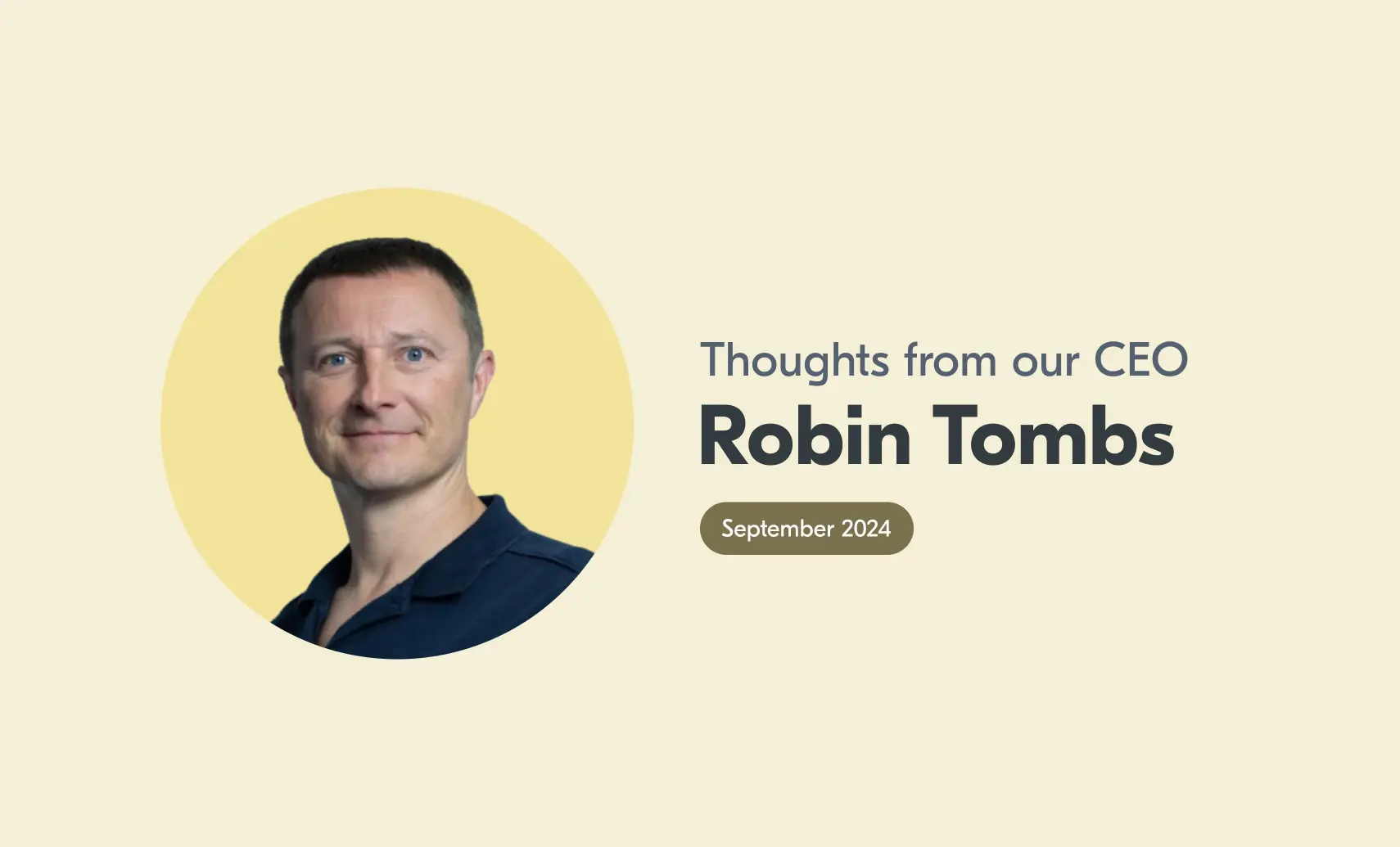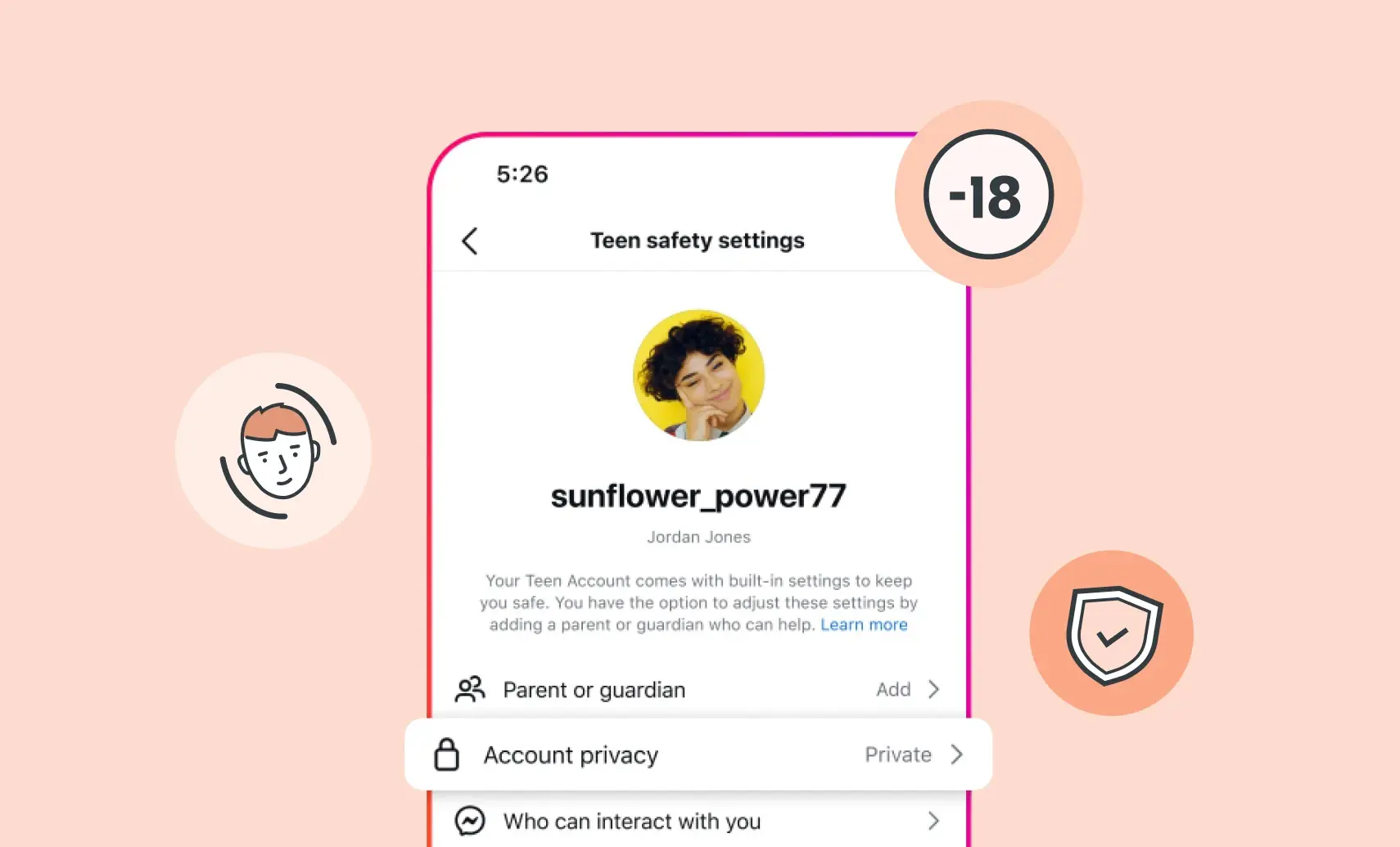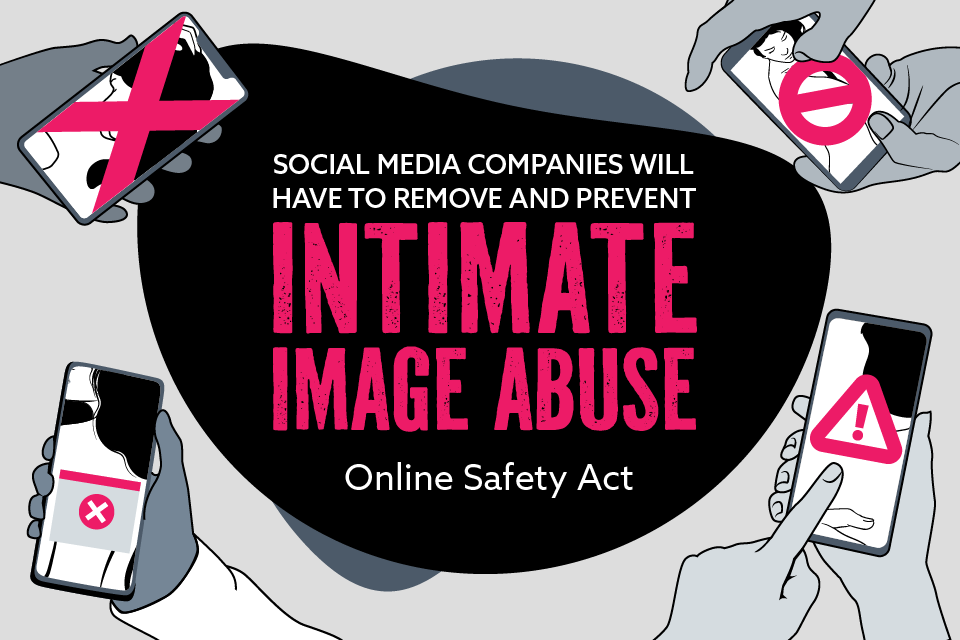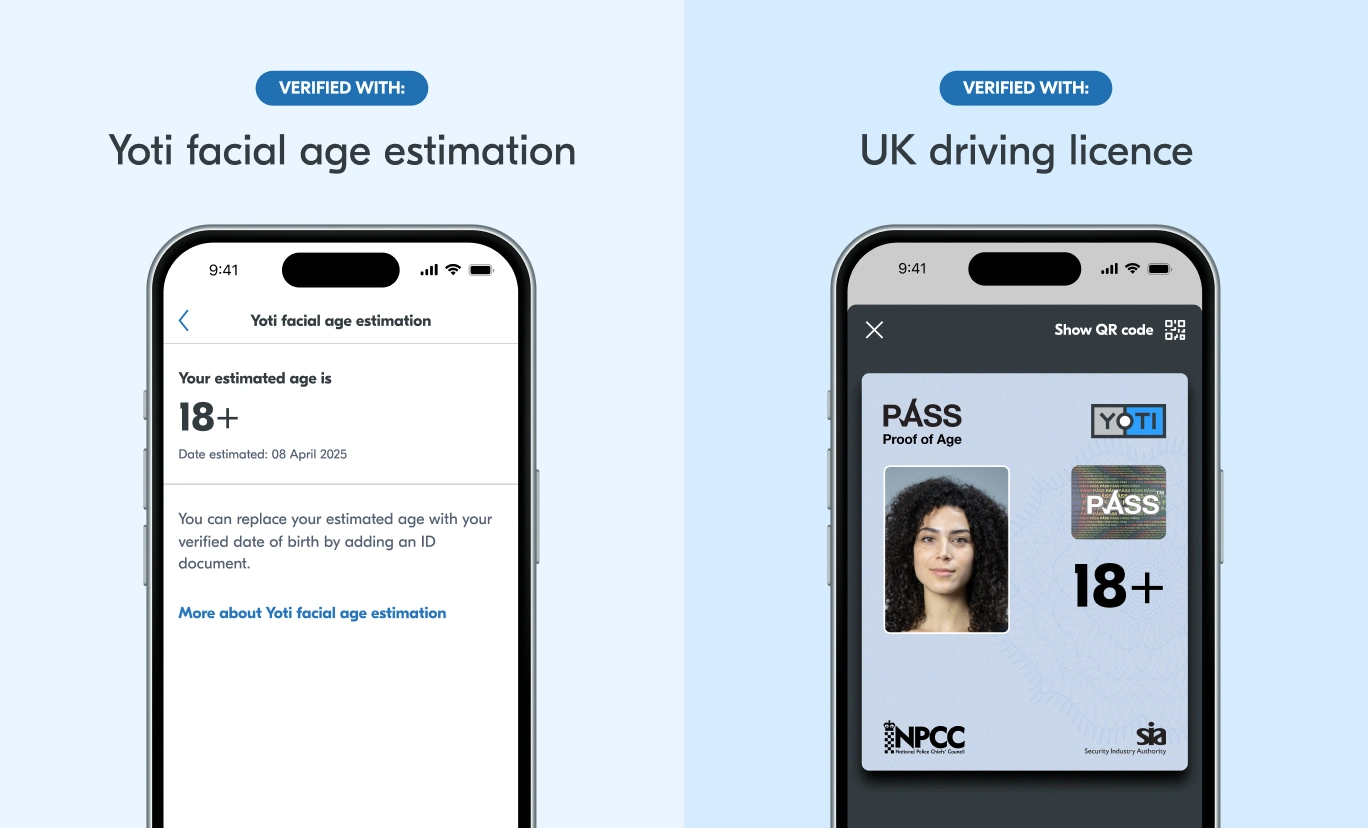
In this blog series, our CEO Robin Tombs will be sharing his experience, whilst focusing on major themes, news and issues in the world of identity verification and age assurance.
This month, Robin chats about the popularity of digital right to work checks, the new Teen Accounts on Instagram, why facial age estimation is effective for children, intimate image abuse and responds to another misleading Crikey article.
34% of people choose Digital ID to prove their identity for DBS checks
Since June 2022, Yoti has completed over 1.6 million right to work (RTW) checks and over 0.93 million DBS (Disclosure & Barring Service) checks.
Out of these checks, 34% of UK adults choose to use their UK certified Digital ID – either Yoti ID, Post Office EasyID or Lloyds Bank Smart ID – to prove their identity online for DBS checks. And 23% of UK adults choose to use one of the Digital IDs to complete their online right to work check. It’s fantastic to see so many people choosing a Digital ID to complete these important identity checks.
The law only changed just over two years ago to allow people to complete employment checks online. This high early adoption rate is compelling evidence that a significant percentage of UK citizens would like to use a Government certified digital ID to prove who they are.
Despite this high adoption rate, it is baffling that the Government is not publicly celebrating how disruptively successful their certified UK Digital Identity & Attributes Trust Framework (DIATF) scheme is – with over 51 certified ID providers helping make identity checks easier for thousands of businesses and millions of UK citizens.
It is also crazy that following the introduction and success of the UK DIATF, neither the Financial Conduct Authority nor the Gambling Commission publicly recognise the Government’s flagship certified identity scheme.
UK citizens can use their Digital ID for right to work, right to rent and criminal record checks, as well as to buy age restricted goods. But they can’t use the same digital ID to buy alcohol in licensed premises (which the 2014 alcohol law still forbids). This outdated law is impeding innovation which hurts economic growth. It also means millions of shoppers still have to show a physical ID or ‘wait for assistance’ when buying alcohol at self-checkouts. Hopefully the new Labour Government is listening to what people and businesses want.
Introducing Instagram Teen Accounts

Many people, especially parents, want reassurance from companies that children are getting age-appropriate experiences online.
The big news this month is that Meta is rolling out age-appropriate, content filtered Teen Accounts across Instagram for 13-15 year olds and for 16-19 year olds. They are introducing this globally over the next few months.
Yoti is delighted to be helping Meta with the age checks where Instagram users can choose to use Yoti facial age estimation or an identity document. These Teen Accounts and age checks will help ensure teenagers throughout the world will be able to enjoy safer interactions with their friends online.
Facial age estimation is effective for children
Followers of Yoti will know that we strongly disagree with Ofcom saying facial age estimation does not work very well for children, a claim they have not substantiated with any scientific evidence.
A key question Mark Sellman for The Times asks is, how good is good enough? This is a crucial question to answer because most lawmakers, regulators and the public recognise that trying to secure perfection is very often the enemy of good or effective regulation.
For years, Yoti has known and publicly shared that facial age estimation can confidently age gate children. The accuracy is already very high for 14-18 year olds as almost all of these teenagers have been through puberty so it’s easy to work out they are not under 13.
Our latest white paper shows that:
- 99.3% of 13-17 year olds are correctly estimated as under the age of 21.
- Over 95% of adults can use Yoti facial age estimation to prove they’re an adult without identifying themselves.
- 99.5% of 6-12 year olds are correctly estimated as under the age of 13
- Over 98% of all teenagers and adults can use Yoti facial age estimation to prove they’re at least 13 without identifying themselves
- The technology is being used by many companies globally to create age-appropriate experiences, across social media, gaming, vaping, ecommerce and online porn with over 650 million age checks completed worldwide.
Following on from the publication of our recent white paper, the Age Check Certification Scheme (ACCS) will soon be testing our latest facial age estimation algorithm. Independent testing like this helps regulators, business and the general public to have more confidence in the ability and accuracy of the technology.
Before the end of 2024, the Australian Government will appoint one or more testing laboratories to test facial age estimation (as well as other age check methods) for effectiveness, accuracy, anti-spoofing and ease of use. By Spring 2025, regulators will have independently verified answers confirming facial age estimation can be effective at age gating children into under and over 13 age groups.
In some circumstances, regulators may insist on ‘highly effective’ age assurance which could mean 99% reliability. In other cases, regulators may decide 95% reliability is sufficient or ‘broadly effective’.
It will look very odd to the world if regulators say age checks can only be required if they are ‘highly effective’ as some age check methods, such as using a credit card or mobile phone, can’t meet that 99% test because they are knowledge based and vulnerable to spoofing by children.
Regulators are particularly focused on knowing whether someone is above or below 13, or above or below 18. This would help determine if someone can access social media. Or if someone can access 18+ content and goods.
For under / over 13, regulators will need to use broadly effective age checks, rather than the current status quo of self declaration or no age checking at all. And for under / over 18, regulators will want ‘highly effective’ methods to prevent underage access. Yoti facial age estimation delivers age gating for these two key age groups very well.
Response to misleading Crikey article
Charlie Lewis, a journalist for Crikey, once again wrote a misleading statement saying he has fooled Yoti facial age estimation by presenting an image of a young girl’s face looking much older, which he said we then wrongly estimated to be over 18.
Our facial age estimation demo clearly states that our highly effective liveness anti spoofing is not activated. This allows businesses to test our accuracy with live faces as well as images. But when facial age estimation is used in the real world (not a demo), it is always used with anti spoofing to prevent people from using a photo.
Good journalism should inform readers who should be able to trust that articles have been well researched, key facts have been checked and the journalist has no desire to give readers a false impression of the truth.
Yoti’s proprietary Presentation Attack Detection software has been independently certified by iBeta Quality Assurance as meeting both Level 1 & Level 2 National Institute of Standards and Technology (NIST) PAD levels of assurance.
There are currently no independent certifications for Injection Attack Detection software. So we have a bounty scheme, through independent HackerOne, where ethical hackers can try to beat our technology. We would suggest Charlie Lewis signs up to HackerOne and performs his spoofing attack again. If he fails, he should be honest with readers and admit Yoti facial age estimation is not vulnerable to being tricked.
Misleading articles and statements could negatively impact the movement to improve safety for children online.
Government crackdown on intimate image abuse

The offence of sharing intimate images without consent will be made a ‘priority (criminal) offence’ under the Online Safety Act. This means platforms will have to take steps to proactively remove this material, as well as stop it from appearing in the first place. This is very welcome UK Government news, particularly for girls and women. By gaining consent before the content is published, it will help protect innocent people from revenge porn or from their image being used in deepfake content.
In the November 2023 Ofcom draft codes, Yoti could not understand why unconsented publication of intimate images got such little mention and the only requirement seemed to be for user generated content platforms to take down such nude videos and images after publication.
We explained to Ofcom that the technology exists to ensure responsible platforms can check that the individuals in nude videos and images are the correct person, aged 18+ and give consent.
No consent = no publication.
A small number of responsible businesses already use this Yoti safety tech.



